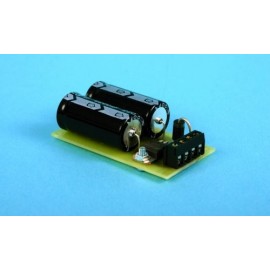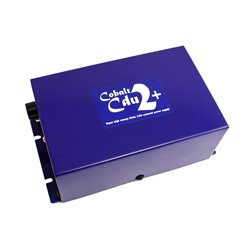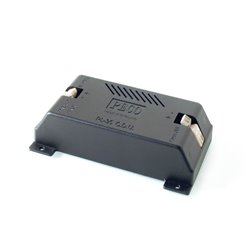A ground frame is a bank of point levers placed at the trackside to operate nearby points or emergency crossovers and...
No products
Product successfully added to your shopping cart
There are 0 items in your cart. There is 1 item in your cart.
Search Tips
Christmas and New Year
Due to public holidays, orders will be next dispatched on Monday 29th.
If you select next day delivery at checkout, please note deliveries are not made on New Year's Day or Sundays.
The shop in Sandown is closed on Saturday 27th December and will reopen on Tuesday 30th December.
Tuesday 30th: 10am to 4.30pm - Wednesday 31st: 10am to 2.30pm - Thursday 1st: closed - Friday onwards: 10am to 4.30pm.
Should I use AC or DC to power my CDU?
As it turns out (excuse the pun) not that much. Most CDUs will have an output of between 25v and 45v DC but will also proudly state that they can operate between three and six point-motors at the same time, and that's the important factor here. It's nice to have the power and ability to operate lots of points simultaneously, but, if you have no choice but to connect your CDU to a power supply of just 12v DC, then don't worry, you will just have to be mindful that multitasking may not be your CDUs forte but for switching turnouts one at a time, 12v through a CDU should be just fine.
Click here to receive the tips weekly in your mailbox. You can unsubscribe at any time.










